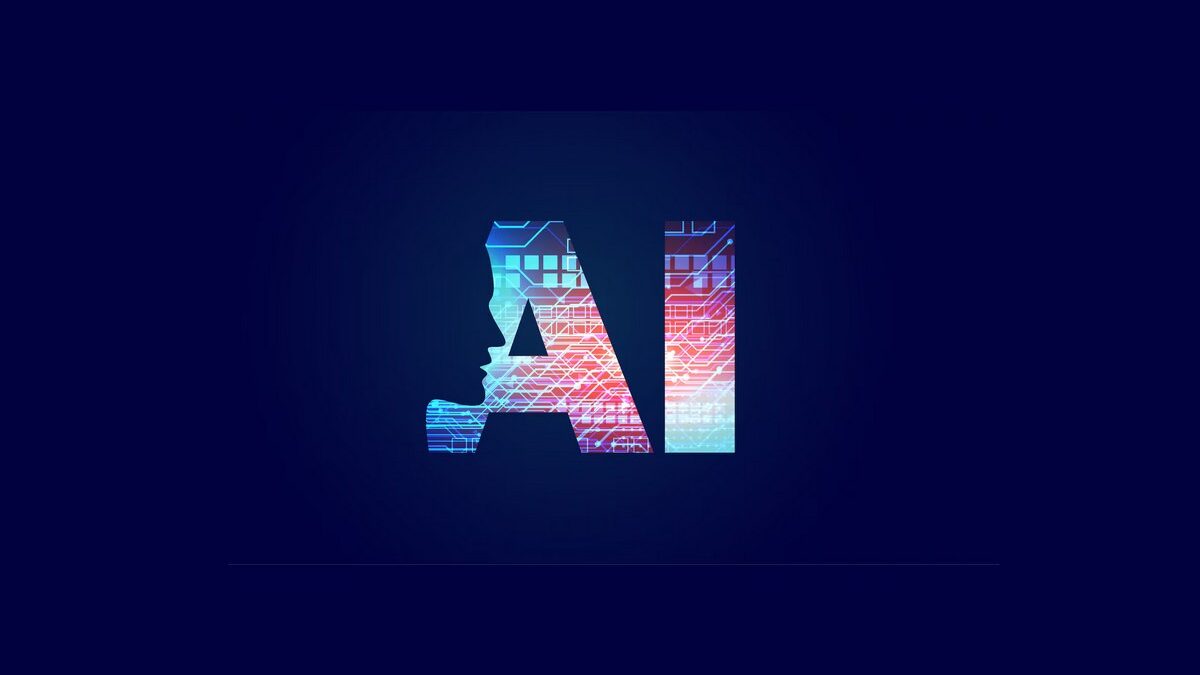Generative AI has already transformed how we work, communicate, and create. Most people know it for producing blog posts, marketing copy, digital art, or even entire songs.
But in 2025, the applications of generative AI go far beyond content creation.
From reshaping healthcare and finance to revolutionizing cybersecurity and product design, AI is steadily embedding itself into industries that touch our everyday lives.
In this article, we’ll explore the most innovative generative AI use-cases in 2025, highlighting how this groundbreaking technology is creating solutions that once seemed impossible.
Table of Contents
Generative AI in Healthcare: Accelerating Discovery and Diagnostics
The healthcare sector is one of the biggest beneficiaries of AI innovation. Traditional drug discovery can take a decade and billions of dollars.
With generative AI, researchers can now simulate molecular interactions and generate potential compounds in a fraction of the time. For example:
- Drug Discovery: Pharmaceutical companies are using AI to design novel drug candidates that can treat rare and complex diseases.
- Medical Imaging: AI generates predictive models from CT scans, MRIs, and X-rays, helping doctors identify issues like tumors at earlier stages.
- Personalized Treatment Plans: By analyzing patient data, AI systems generate customized health protocols tailored to each individual’s genetics and lifestyle.
These advancements could shorten treatment timelines and save millions of lives.
AI in Engineering and Product Design: Smarter, Faster, Stronger
Generative AI is redefining how engineers and designers build products.
Instead of creating one prototype at a time, AI generates hundreds of variations in minutes, optimizing for strength, weight, cost, and sustainability.
- Automotive: Car manufacturers are using AI to generate aerodynamic designs that cut down fuel consumption.
- Aerospace: AI-generated models are helping engineers develop lighter yet more durable aircraft components.
- Sustainable Materials: Companies are using AI to design eco-friendly packaging, reducing waste and carbon footprints.
By blending creativity with computation, generative AI is paving the way for smarter and more efficient innovation.
Cybersecurity: Fighting AI with AI
As cyberattacks become more advanced, traditional defense systems struggle to keep up. That’s where generative AI comes in.
- Simulated Attacks: Companies use AI to generate realistic cyberattacks, testing their defenses before real hackers strike.
- Adaptive Defenses: AI-powered systems generate new countermeasures in real-time, making networks more resilient.
- Fraud Prevention: Banks deploy generative AI to detect unusual behavior patterns, flagging fraudulent activity instantly.
In 2025, cybersecurity is no longer just about reacting—it’s about anticipating threats using AI-generated scenarios.
Financial Services: Forecasting the Future
Generative AI is also transforming the financial world. Predicting markets has always been risky, but AI models can now generate thousands of possible outcomes based on global data.
- Risk Management: Banks use AI to forecast economic scenarios, helping investors make smarter decisions.
- Fraud Detection: AI generates new fraud detection algorithms, catching suspicious activity before it spreads.
- Customer Experience: Chatbots powered by generative AI provide highly personalized financial advice in real time.
This means more accurate insights for businesses and safer transactions for customers.
Education: Personalized and Adaptive Learning
Education is undergoing a digital revolution, with generative AI at the core.
- Tailored Lesson Plans: AI generates adaptive coursework based on each student’s strengths and weaknesses.
- Interactive Learning: Students can engage with AI tutors that explain concepts in different ways, from visual diagrams to real-world examples.
- Global Accessibility: AI-generated translations make educational resources available across multiple languages instantly.
This shift could help bridge global education gaps, making learning more accessible and effective.
Everyday Life: From Shopping to Lifestyle Tech
Generative AI is also quietly shaping daily experiences we often overlook.
- Smart Shopping: Online retailers are using AI to generate hyper-personalized product recommendations, making it easier for customers to find exactly what they need.
- Home Automation: AI-generated routines optimize energy consumption, saving money and reducing environmental impact.
- Lifestyle Products: Even niche markets—from wellness tech to retailers offering bongs on sale—are experimenting with AI-driven personalization to enhance the shopping experience.
In 2025, AI is no longer just powering businesses; it’s personalizing everyday life.
The Bigger Picture: Why Generative AI Matters Beyond Content
Generative AI is not just a tool for making content—it’s a problem-solving engine. Its ability to create, predict, and optimize is helping industries save money, improve safety, enhance efficiency, and push the boundaries of innovation.
Looking ahead, we can expect even more groundbreaking applications—from AI-generated climate models that help fight global warming, to AI-driven robotics that can design, repair, and adapt on the fly.
Final Thoughts
Generative AI in 2025 is about so much more than text and images. It is reshaping industries, enhancing security, and improving quality of life across the globe.
The future belongs to those who can harness this technology responsibly and creatively.
As AI continues to evolve, one thing is clear: the era of generative AI has only just begun, and its applications extend far beyond what we imagined just a few years ago.

